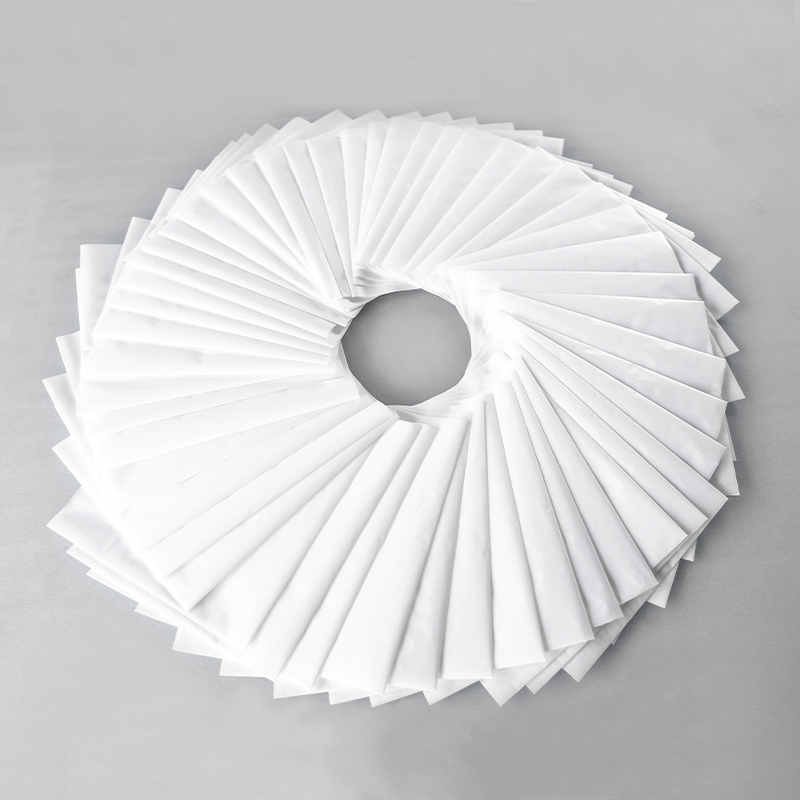Product details: Pop-up parchment paper sheets, an environment-friendly product, are composed of wood pulp and are double-side coated with silicone. Such a coating makes our paper smooth, greasepr...
See DetailsThe Versatility and Benefits of Steaming Paper in Culinary Applications
Steaming paper, a unique and innovative product, has gained popularity in various culinary applications due to its ability to enhance flavor, retain moisture, and provide a healthier cooking method. Often made from natural materials, steaming paper serves as a tool for chefs and home cooks alike, allowing for the preparation of flavorful, moist dishes without the need for excessive oils or fats. In this article, we will explore the uses, benefits, and practices for incorporating steaming paper into your cooking repertoire.
What is Steaming Paper?
Steaming paper is a specially designed, heat-resistant paper used for cooking food through the steaming process. Unlike traditional parchment or aluminum foil, steaming paper is crafted to allow steam to circulate effectively, promoting even cooking while preserving the natural flavors and nutrients of the food. It is often made from unbleached, food-grade materials, making it safe for culinary use.
This versatile product is particularly popular in Asian cuisines, where techniques such as steaming fish, dumplings, and vegetables are commonplace. However, its applications extend far beyond traditional dishes, making it a valuable addition to any kitchen.
Benefits of Using Steaming Paper
Healthier Cooking Method: One of the significant advantages of using steaming paper is the health benefits associated with steaming. This cooking method retains more vitamins and minerals compared to boiling or frying, making it an choice for health-conscious individuals. Steaming paper allows you to cook without added oils or fats, resulting in lower-calorie meals without sacrificing flavor.
Flavor Enhancement: Steaming paper can help infuse food with flavors from herbs, spices, and aromatics. By placing herbs or flavored liquids in the steaming paper pouch, the food absorbs these flavors as it cooks, creating a more complex and enjoyable dish. This technique is particularly effective for seafood, chicken, and vegetables.
Moisture Retention: The design of steaming paper promotes moisture retention, ensuring that your food does not dry out during cooking. This is especially beneficial for delicate items like fish and poultry, which can easily become overcooked and lose their natural juices. Steaming paper creates a sealed environment that helps maintain moisture, resulting in tender and juicy dishes.
Convenience and Versatility: Steaming paper is incredibly easy to use and can be adapted for various cooking methods, including stovetop steaming, baking, and even microwaving. Its versatility allows you to prepare a wide range of dishes, from traditional dumplings and buns to modern vegetable medleys and seafood entrées.
Eco-Friendly Option: Many brands of steaming paper are made from biodegradable materials, making them an environmentally friendly choice for cooking. Unlike aluminum foil, which contributes to landfill waste, steaming paper can be composted after use, reducing your ecological footprint.
Minimal Cleanup: Cooking with steaming paper often means less mess in the kitchen. The paper acts as a barrier between the food and the cooking vessel, minimizing splatters and residue. After cooking, you can simply discard the used paper, making cleanup a breeze.
How to Use Steaming Paper Effectively
Incorporating steaming paper into your cooking routine is straightforward. Here are some tips and techniques to make the of this versatile product:
Preparing the Paper: Cut the steaming paper into appropriate sizes for the portions you plan to cook. For larger items like whole fish or chicken, larger sheets may be required. For smaller portions or sides, smaller squares will suffice.
Folding Techniques: When using steaming paper, proper folding is key to creating a sealed pouch. Place your food in the center of the paper, add any desired seasonings, herbs, or liquids, and fold the paper securely to prevent steam from escaping. Techniques such as pleating or crimping the edges can help create a tight seal.
Flavor Additions: Enhance the flavor of your dish by adding aromatic ingredients to the steaming paper pouch. Options include sliced ginger, garlic, green onions, citrus slices, or soy sauce. These ingredients will infuse the food with flavor as it steams.
Cooking Times: Steaming times will vary depending on the type and thickness of the food you are cooking. As a general guideline, delicate items like fish may take around 8-12 minutes, while root vegetables may require 15-20 minutes. It's essential to monitor the cooking process and adjust times as needed to achieve the desired doneness.
Serving Suggestions: Once your dish is cooked, carefully unwrap the steaming paper to reveal the beautifully presented food. Serve directly in the paper for a rustic presentation, or transfer the contents to a plate. The natural steam and aromas will enhance the dining experience.


 English
English 中文简体
中文简体











